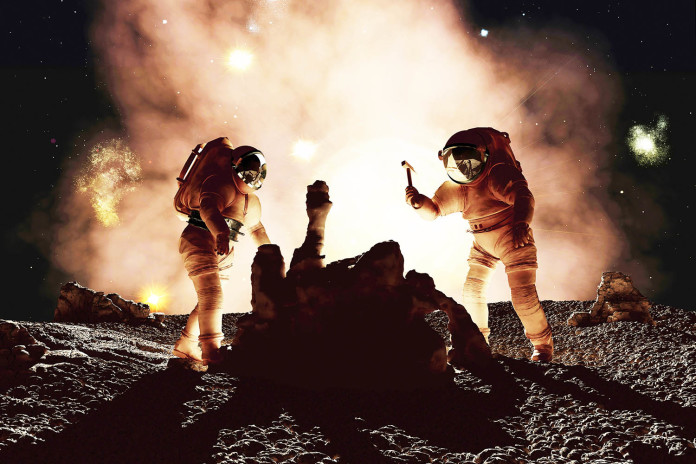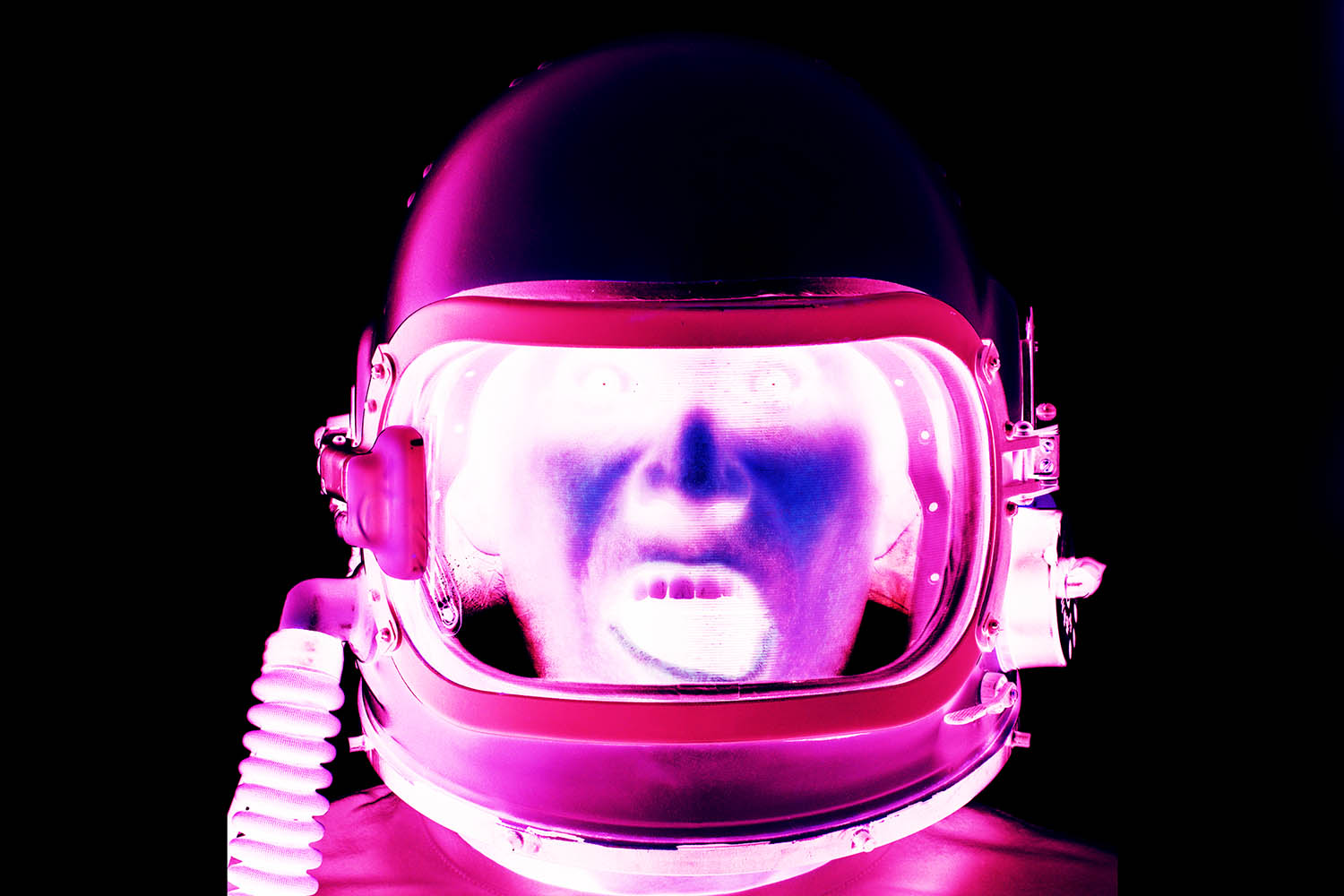Help wanted:
NASA‘s looking for new astronauts to join future Mars missions, which they still insist will be possible come 2030.
Health hazards that come with the position include damage to the central nervous system, radiation that could lead to cancer, infertility, cataracts, weakened bones and muscles and extended periods of isolation.
NASA’s Efforts to Manage Health and Human Performance Risks for Space Exploration
NASA has since launched an audit named NASA’s Efforts to Manage Health and Human Performance Risks for Space Exploration, where they highlight focus on these health hazards particularly in regards to manned travel to Mars or to deep space. NASA is optimistic about resolving these issues by 2030. The audit, led by NASA Inspector General Paul Martin, NASA assures that progress is being made in regards to food and medical supplies as well as these adverse health effects. Much data has been collected from the year long mission at the ISS, and lessons learned and measures taken will optimize the first manned mission to Mars, which they have a tentative schedule for 2030.
The 54 page report details that it is NASA’s intention to host a deep-space mission to Mars had keep a presence on the Red Planet, but that many concerns must be addressed first. No American astronaut has spent more than seven months at space at a time, and the longest record held by a human is 14 months, courtesy of Russian cosmonaut Valeri Polakov.
NASA is recruiting a new generation of ‘space pioneers’
With the return of Scott Kelly from his year long journey at ISS, NASA plans to study all effects of the trip on his health thoroughly. Meanwhile the agency is recruiting a new generation of ‘space pioneers’, as there are only 47 active astronauts in the agency currently.
So all aspiring space explorers can sign up for a world of wonder by walking the surface of Mars, and a potentially extensive list of health hazards unless NASA handles this by 2030.



















